Considerations when buying and using appliances
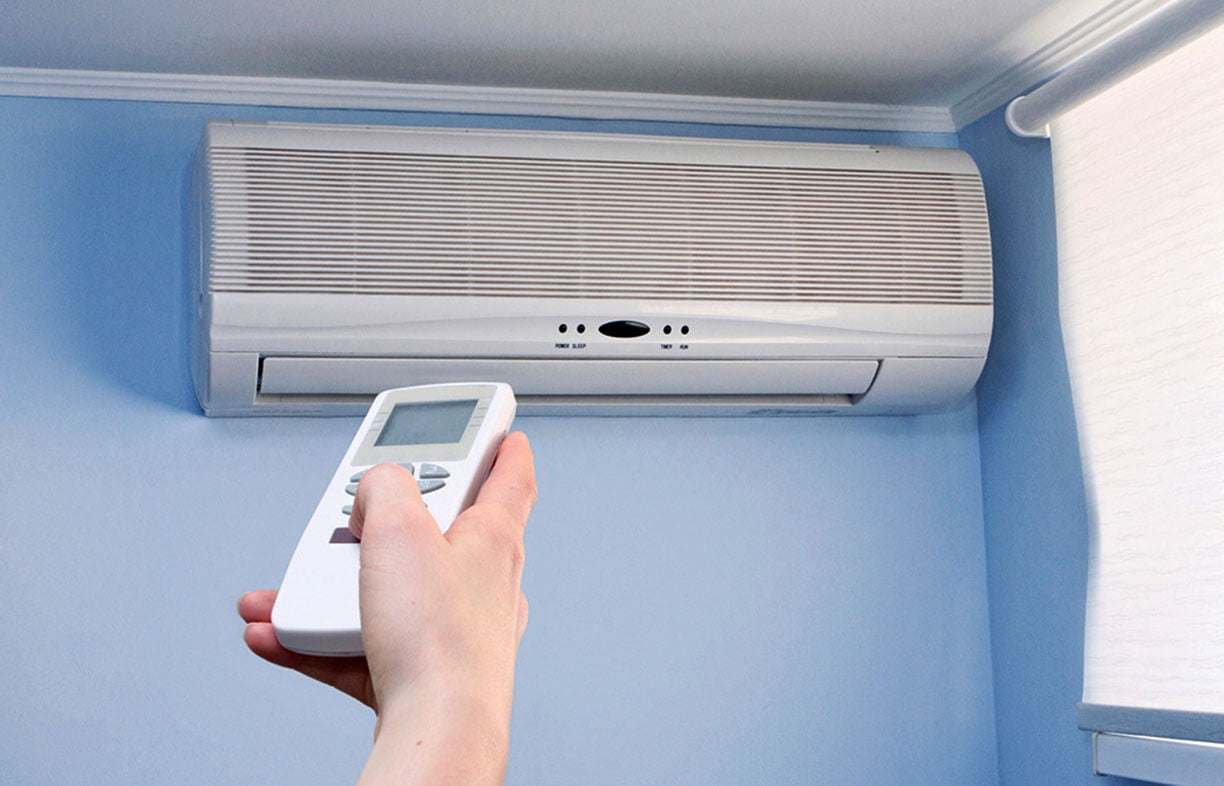
Air conditioners for heating and cooling
When purchasing:
- Aim for at least 4 stars, although star rating does tend to decrease as size goes up; small to medium 6 or 7 star units are now available
- Size appropriately for the area you are aiming to heat/cool—considerations include room size; your home’s insulation and external wall materials; number and size of windows and their shading/ orientation; www.fairair.com.au can help you estimate the capacity you need for cooling based on these parameters; ‘A tale of two heaters’ in Renew 133 has a discussion of sizing issues
- Consider whether the whole house, or just individual rooms, need heating or cooling; central heating/cooling may waste a lot of energy heating/cooling rooms that aren’t in use. Ducted systems often lose/gain heat from poorly insulated ducting running through hot or cold roof spaces, and can have much higher outdoor air leakage if it is easier for outdoor air to reach the return air register (especially when internal doors are closed) than it is for air to flow from room outlets. So consider whether you really need it, or at least purchase a well-zoned system
- Location, location—where you live in Australia (and therefore the climate) will determine both the best type of air conditioner for cooling (evaporative or heat pump) and also how well it will operate; in cooler climates, some units’ capacity declines and smaller units may not be able to heat your home as effectively as in warmer regions; a regional label is currently being worked on to help with this. Of course, shading, orientation and building thermal efficiency can make a big difference in a given climate
- See the Cooling buyers guide in Renew 146 and the electric heating buyers guide in Renew 144 for more discussion of cooling and heating options.
Operating:
- Install external components on the shady side of the home (or create shade, while also ensuring adequate air flow)
- Clear the air filter regularly so the fan doesn’t have to work too hard
- You can set the thermostat 2–3°C higher in summer if you also run a ceiling fan, saving around 20% energy; in general, set the thermostat at 18–20°C in winter, and 25–27 °C in summer. In some cases, where the heat pump is producing a detectable flow of air while heating, the perceived comfort level may be lower than desired due to the cooling effect of the airflow. In these cases, setting the thermostat a few degrees higher in winter may be required
- If possible, improve the home’s insulation and seal draughts to improve heating and cooling efficiency
- Only heat/cool the rooms being used, keep doors closed and turn off when the room is not in use for any length of time
- When heating, close curtains at night
- In winter, wear warm clothes so the thermostat can be set lower
- If you have solar, see ‘Pre-cooling your home’ in Renew 130 for pros and cons of turning on your air conditioner before you get home.
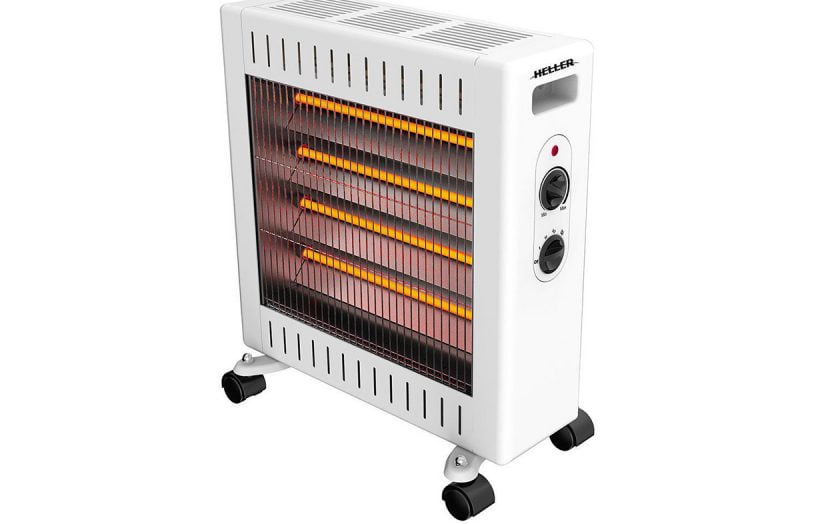
Other types of heaters
When purchasing:
- Choosing the right heating solution for your home can be a complex matter; see the ‘heating and cooling’ pages on yourhome.gov.au for guidance and the electric heating buyers guide in Renew 144.
Operating:
- Ensure ducts and pipes are adequately insulated to minimise heat loss
- Regularly clean any air intakes, outlets and filters to remove dust
- With gas heaters: with unflued heaters ensure there is sufficient ventilation to disperse the fumes. For traditional flued heaters in well-sealed houses, running an exhaust fan or range hood fan can drag fumes back down the flue into a room. Gas safety authorities recommend regular checks to ensure heaters are not producing dangerous fumes, especially carbon monoxide.
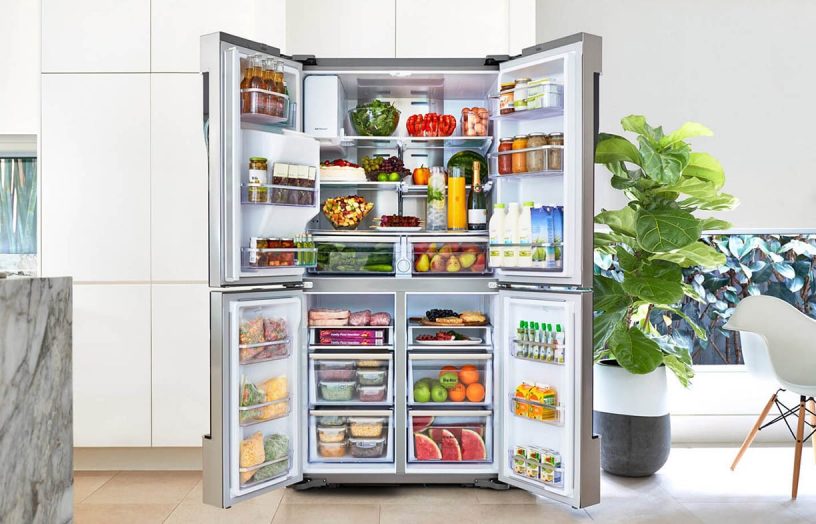
Fridges/freezers
When purchasing:
- Select preferred size range (don’t go bigger than what you actually need) then use kWh data on energy labels (or the website) to compare—and look for inverter models (with variable-speed compressors)
- Avoid LPG/electric multi-fuel fridges and ‘thermo-electric’ coolers—they cost a lot to run
- Units with the freezer on top are generally more efficient than those with a freezer at the bottom
- Bigger fridges may not use more energy, as manufacturers focus technology improvements on their best-selling fridges: check the kWh on the label.
Operating:
- Position away from direct sunlight and other heat sources (oven, dishwasher, heater)
- Set fridge to 3-4°C, and freezer to -15 to -18°C (every degree lower uses 5% more energy)
- Provide at least 75 mm around top, back and sides to allow air flow; restricting ventilation can add 15% to running costs. Most ‘clean-back’ fridges with no coils at the back rely on good air flow for heat removal from hidden hot pipes on both sides and back to perform efficiently
- Keep the door closed as much as possible, and check/replace damaged seals to prevent cold air escaping
- Keep coils at the back of the fridge dust-free as dust acts as an insulator and works the unit harder.
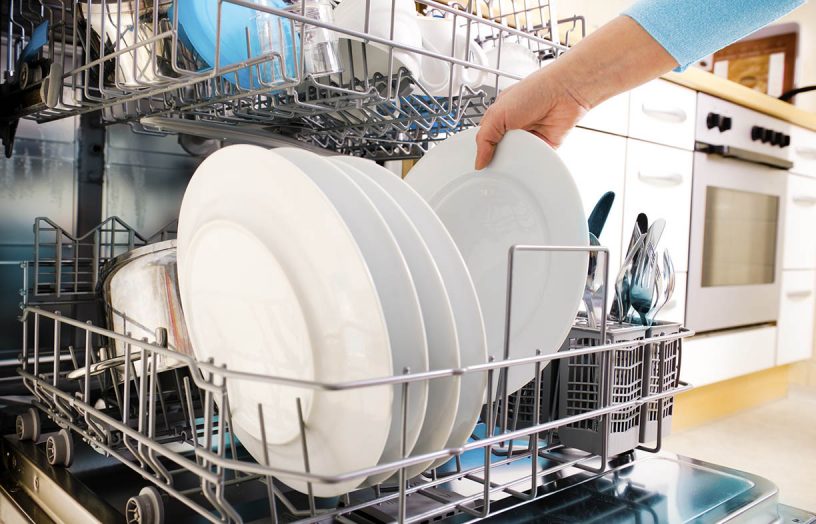
Dishwashers
When purchasing:
- These can last for more than 10 years, so buy the most efficient model you can afford; at least 3.5 stars for energy and water consumption; every extra star will save you another 30% on running costs
- Models with ‘eco’ options can save 30% on running costs
- Models with delay-start option mean you can make use of off-peak electricity tariffs, or time use with solar generation
Operating:
- Wash only full loads as much as possible
- Keep filters clean
- Scrape dishes clean rather than rinsing under the tap first—running the tap for 2–3 minutes can use the same amount of water as a dishwash cycle
- Using a better detergent may allow you to clean dishes well enough on a shorter, lower temperature program that uses less energy and water.
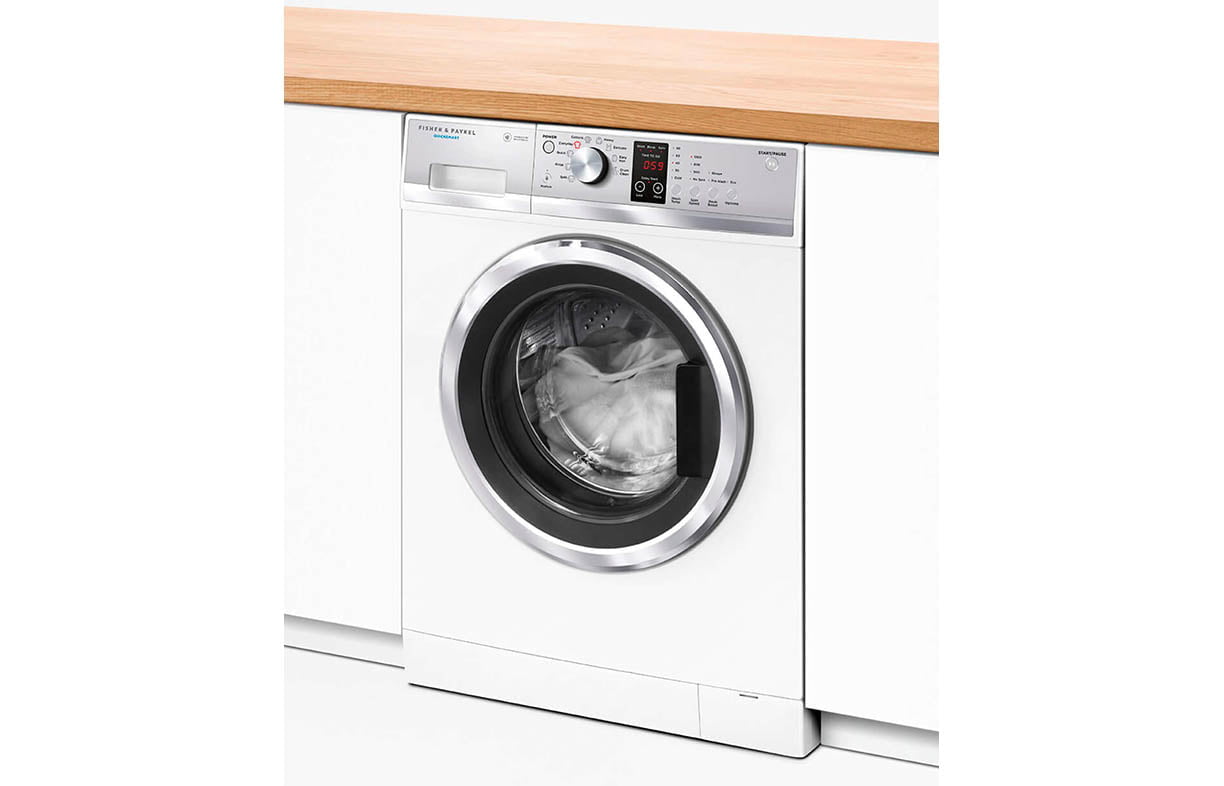
Washing machines
When purchasing:
- Look for at least 3.5 stars for energy and 4 stars for water consumption
- Front loaders generally use about 50% less energy than top loaders (though some top loaders may be just as efficient if using cold water—check the energy rating label for ‘cold wash’ energy-use figures)
- Choose models with automatic load-sensing technology if possible and delay-start to make use of off-peak tariffs or solar generation
Operating:
- Modern machines and detergents can wash well with cold water (dissolve powder detergents first to improve performance); warm washes can use 10 times more energy and hot washes a lot more than warm
- Wash full loads as much as possible: use bathroom scales to find out what a full load looks like – many people think they are washing full loads, but they’re not
- Adjust water levels to suit the load size if you don’t have auto load sensing.
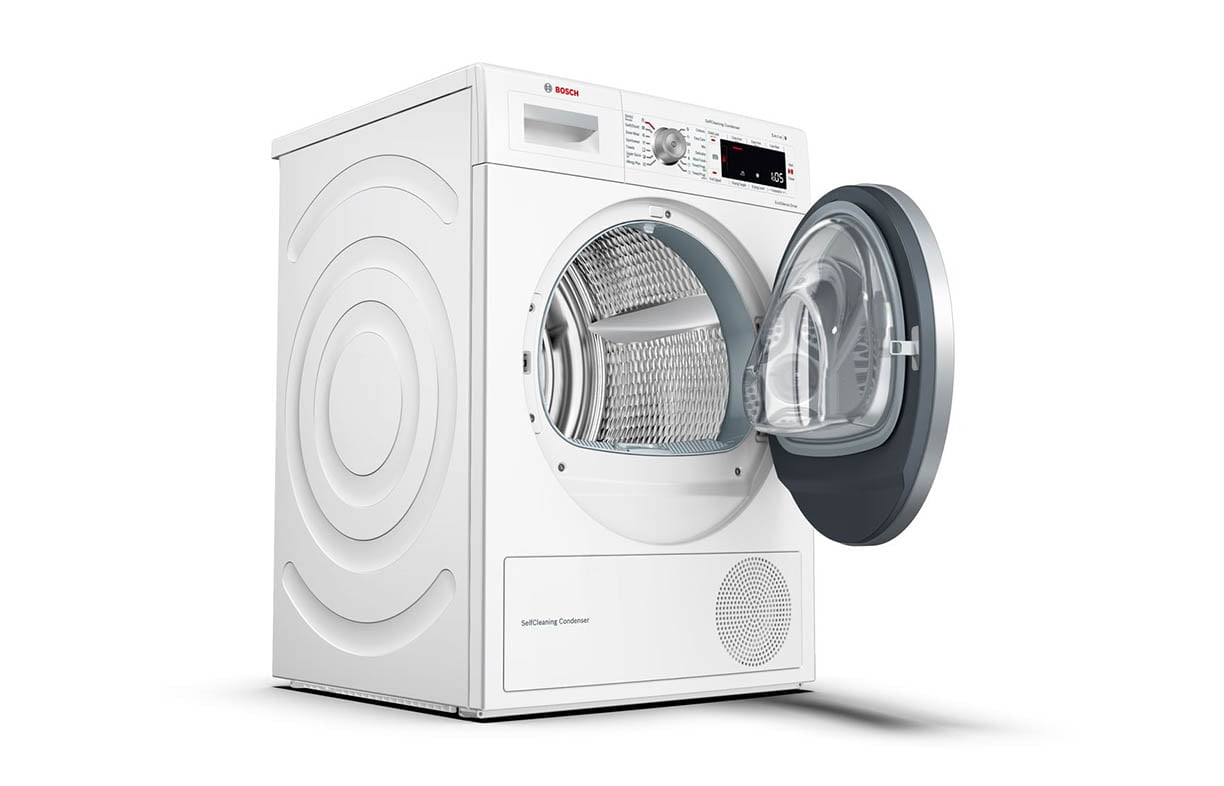
Dryers
When purchasing:
- Many modern dryers are now heat-pump dryers, which are 50—80% more efficient than standard dryers – they typically rate 6 to 10 stars; they’re more expensive to buy (but getting cheaper), but frequent users will benefit from reduced running costs and they don’t cause condensation and mould problems in your laundry and home because they extract the energy from the humid exhaust air and condense the water vapour in it
- Look for at least 2 stars and avoid dryers that use cold water supply to condense water from the exhaust air: they are inefficient and waste a lot of water
- Auto-sensing models adjust drying time as suits the load; they don’t just keep drying until a timer stops
- Unvented dryers can be a major source of moisture that causes condensation and mould growth.
Operating:
- Clean filters after every load
- Don’t overload, and don’t mix heavy and lightweight items
- Use the clothes line as much as possible!
- Use in conjunction with washers that have high spin speeds (usually front loaders), as these leave clothes much drier to start with.

Televisions
When purchasing:
- Look for at least 5 stars
- OLED and LED backlit LCD TVs are much more efficient than plasma sets
- The larger the screen, the more energy it uses (for a given technology)—consider what size you really need
Operating:
- Consider watching programs on your tablet or laptop (3-15W) when possible—these use far less power than the average-sized TV (40–100W for a 40”; 70–150W for 50”)
- Turn off when you’re not watching; with older sets, turn off at the powerpoint as standby modes for older TVs use much more power than newer models
- Reducing screen brightness can cut power use by 20%.
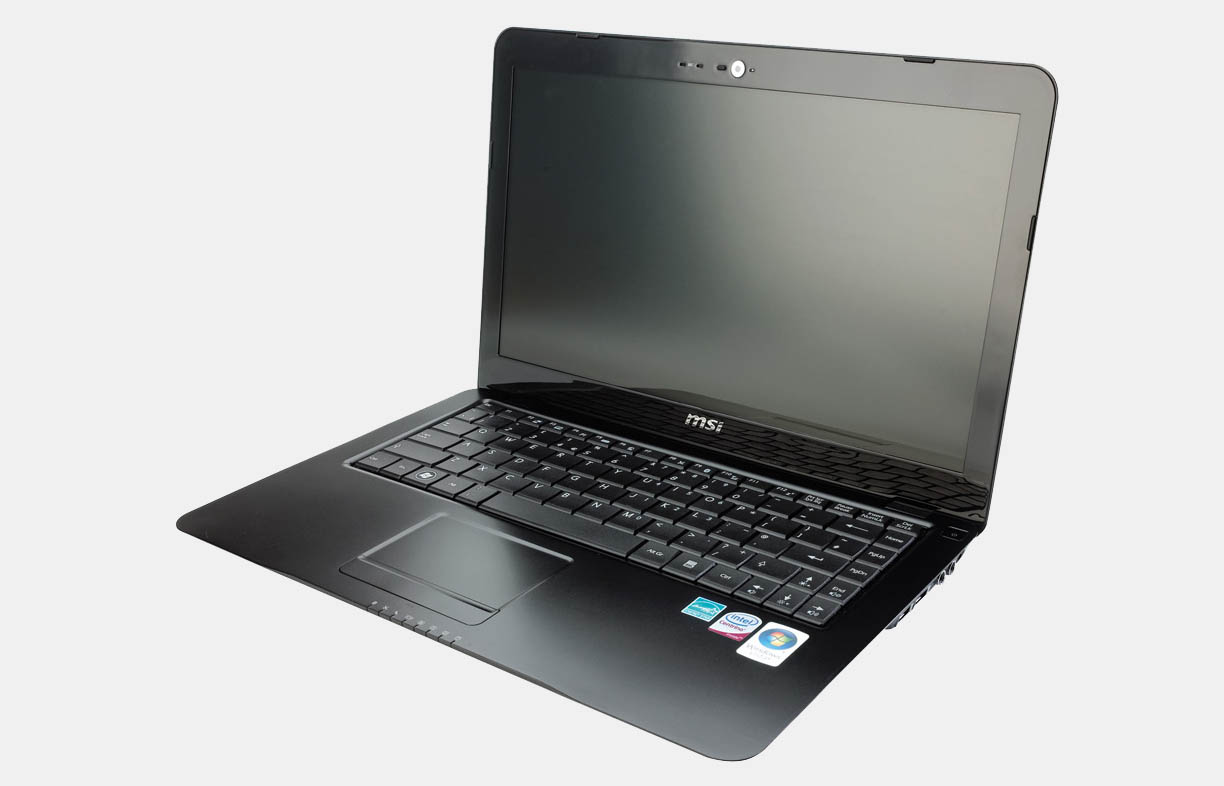
Computers
When purchasing:
- The larger the monitor, the more energy it uses; these now have energy labels and there can be big differences
- Consider tablet (1–4 W)/laptop (5–45 W) over desktop (30–250 W, but typically over 50 W)
- Buy an efficient modem/router, don’t just accept the units supplied by your ISP, as the units provided with many NBN deals are inefficient units. Just remember that the difference is only likely to be a few watts, so this isn’t critical.
Operating:
- Turn monitors off when not in use—screen savers still draw considerable power
- Turn computers and related equipment off at the power point (using a power-saving board/controller can make this an easy one-click operation, or even do it automatically)—TVs and IT account for 60% of household standby use.

Lights
When purchasing:
- Consider alternatives to minimise use of lights during the day—light tubes/shelves or glass bricks; the upfront cost of these may be offset by energy savings and improved amenity
- Go for task lighting (e.g. reading or table lamp) rather than overall lighting where possible
- Choose fittings/shades that let much of the light through, so lower wattage is required
- Only use LED bulbs, with the vast array of LED lighting available, there’s really no need to use anything else. You can even buy LED bulbs that look like the old incandescent filament bulbs, they just use a tenth of the power! While LEDs can be more expensive to buy than halogens or incandescents (though their costs are falling), they last 5–10 times longer and only use 10–20% of the energy
- Avoid recessed downlights if possible, as they compromise your insulation; even most LED downlights require some ventilation, which reduces the building’s energy efficiency or requires the purchase of downlight ‘mitts’ to allow the required airflow; pendants or tubes cast the most light, so fewer are needed and they also don’t compromise your insulation
- See the ‘LED Buyers Guide’ in Renew 133. LEDs continue to improve in efficiency (measured as lumens/watt) – some now deliver 150 lumens/watt, twice as much as early LEDS.
Operating:
- Turn off when not in use
- Dimming lights saves energy; if you dim most of the time, consider installing lower-wattage lighting.
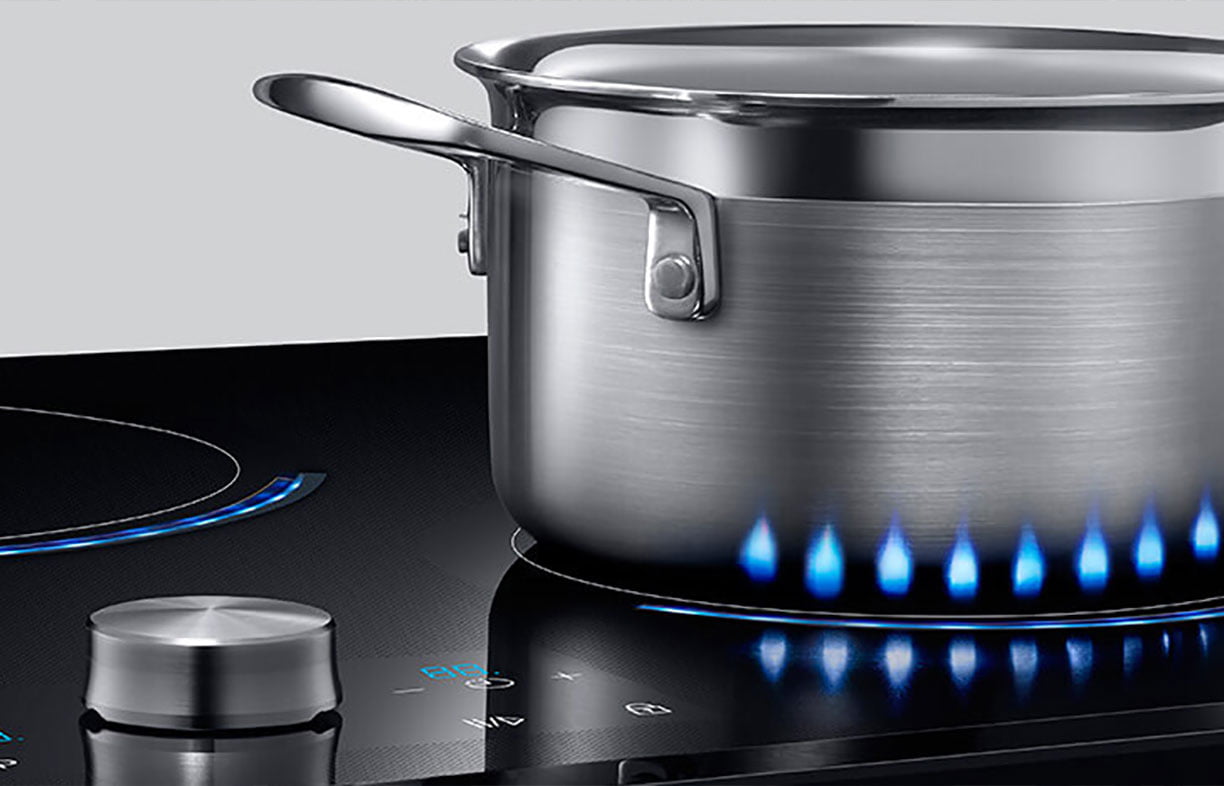
Ovens and cooktops
When purchasing:
- Fan-forced, triple- or quadruple-glazed and well-insulated ovens are most efficient. Australia doesn’t have energy labels for ovens, but www.topten.eu rates the most efficient ovens in Europe, and many of these are sold in Australia
- Induction cooktops are about 25–30% more energy-efficient than standard electric, and 30% more efficient than gas. Since they dump a lot less heat into your kitchen, it will be more comfortable, and you may be able to run your range hood fan at lower (and quieter) speed
- Electric ovens are roughly twice as energy efficient as gas ovens
Operating:
- Check/replace damaged oven door seals
- Don’t pre-heat unnecessarily; keep lids on pots and oven door closed as much as possible
- Defrost food in the fridge overnight – it saves fridge energy!
- Reheat food with a microwave
- Don’t cook frozen food in the oven, as it significantly extends cooking time – defrost it first
- Consider investing in a highly insulated thermal cooker such as the Billyboil, used in conjunction with your cooktop but allowing you to save up to 80% on cooking energy usage by using the stored heat to continue cooking.
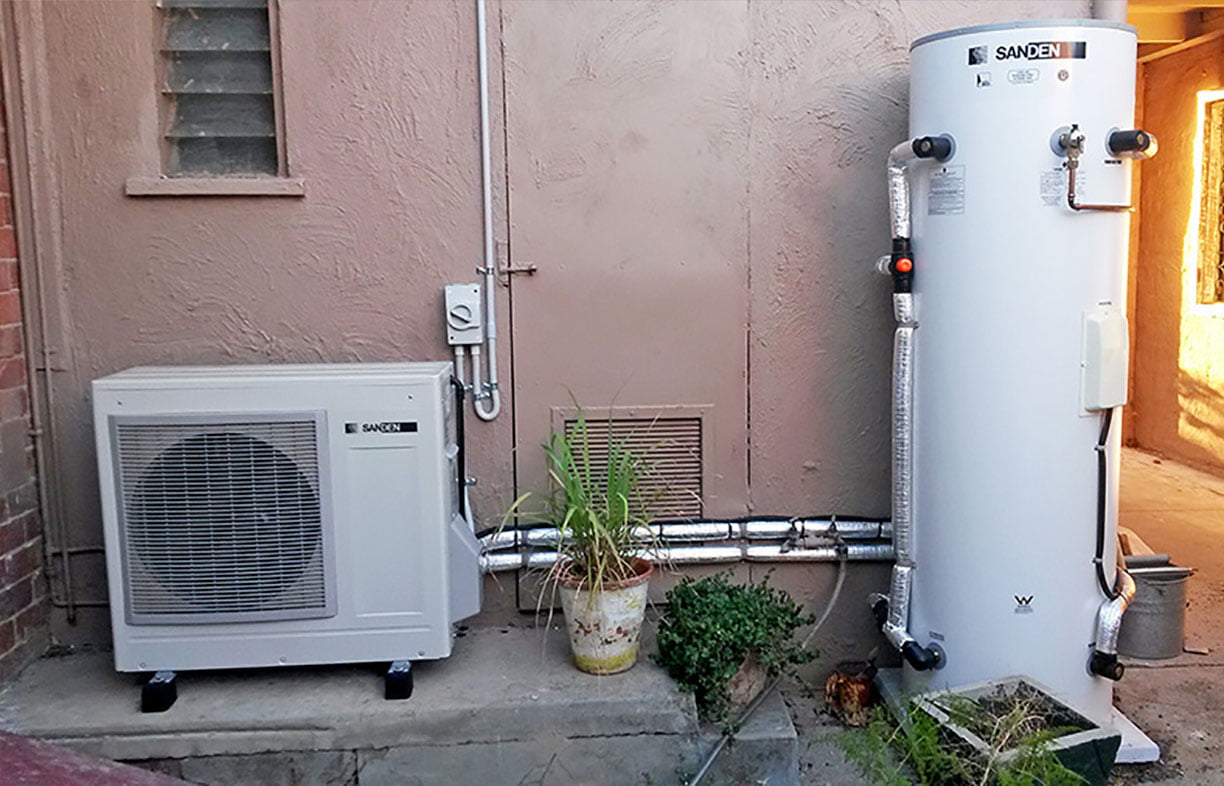
Hot water systems
When purchasing:
- Solar hot water and heat pump systems are efficient choices, but choose the right system for your climate, household size and usage patterns; Compare climate applicability by checking the number of STCs per system in your climate zone (on the Clean Energy Regulator site); higher is better. Quality heat pumps (especially those using CO2 refrigerant) work better in cold weather than solar HWS. Check the noise level of a heat pump is under 40 dB
- Close coupled (tank on roof above solar collector) are generally more reliable than split (remote coupled) systems as they use no pumps or pump controllers. However, you roof must be strong enough to support the weight of the tank in a close-coupled system
- see ‘Efficient Hot Water Buyers Guide’ in Renew 139.
Operating:
- Ensure pipes/fittings are well insulated
- Set temperatures to no higher than required (60°C for storage types, to prevent growth of Legionella bacteria; 50°C for continuous flow types)
- Use less hot water, g. fit water-efficient showerheads or flow limiters, take shorter showers, leave mixer taps in the cold water position
- Service according to manufacturer instructions.
This article was first published in January 2016 and updated in September 2019.
Further reading
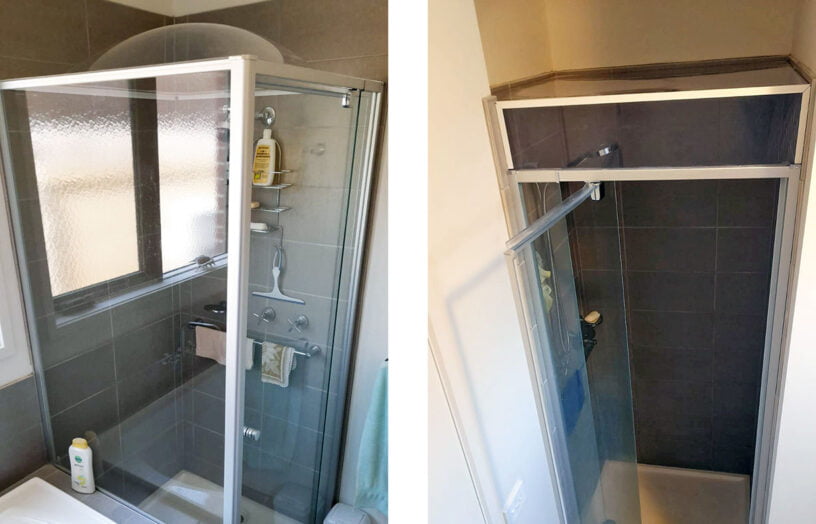 Efficient homes
Efficient homes
Ditching the shower fan
By fitting a lid on the shower, exhaust fans are not needed when showering. John Rogers describes this simple retrofit, using both a commercial product and a great looking DIY version.
Read more Efficient homes
Efficient homes
Building for a changing climate
Are we building homes for the future, or for the past? Rob McLeod investigates how climate change is impacting home energy ratings and the way we build our homes.
Read more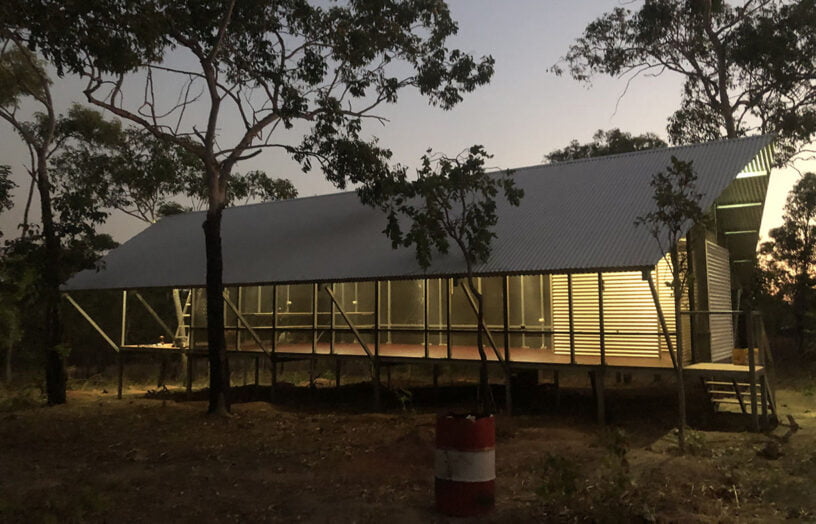 Efficient homes
Efficient homes
Remote communities leading the charge
We learn about four sustainability and renewable energy projects in remote Australia.
Read more
